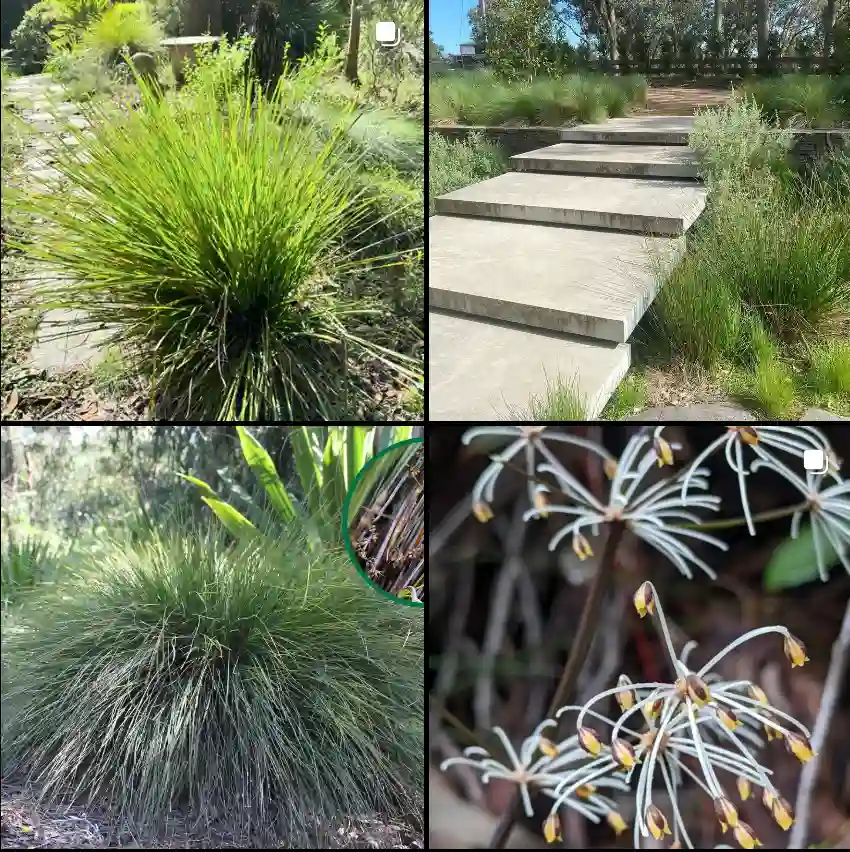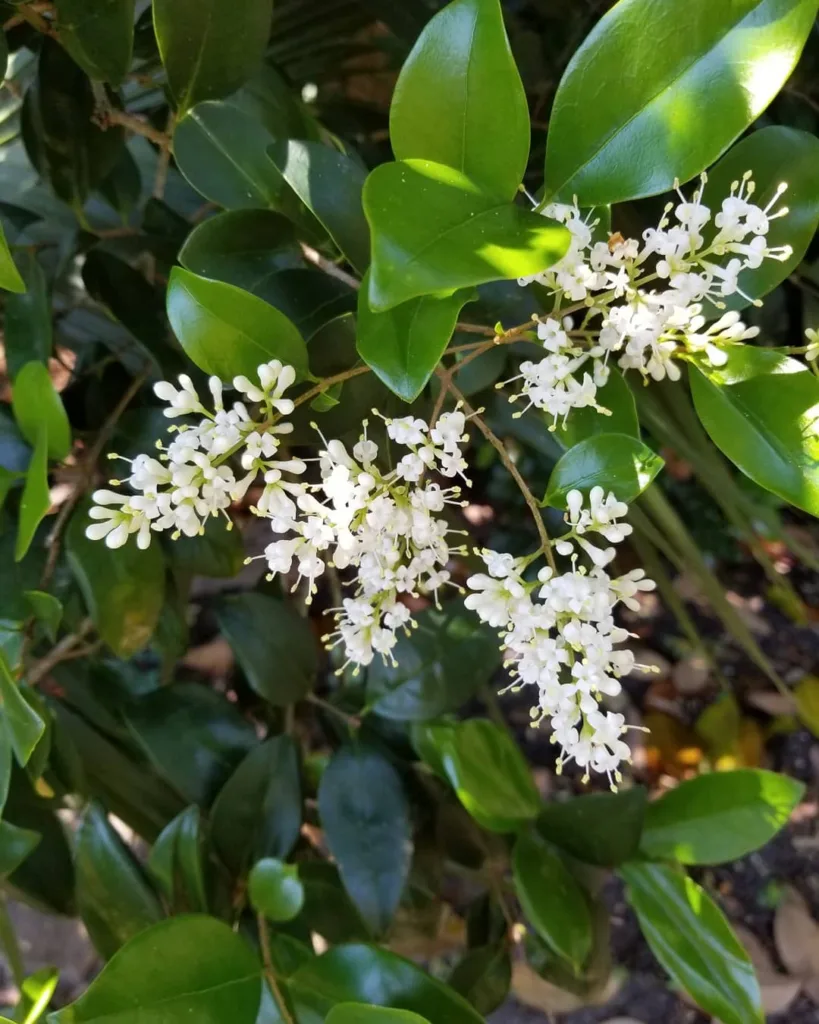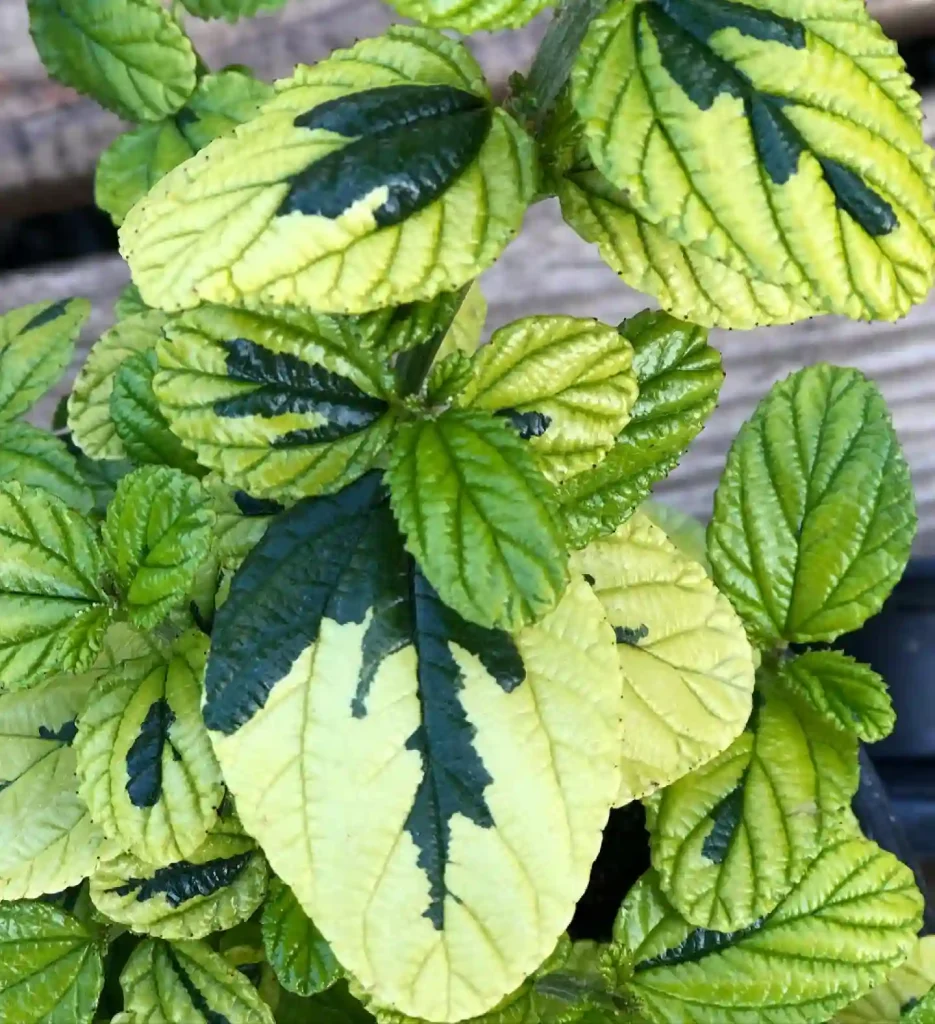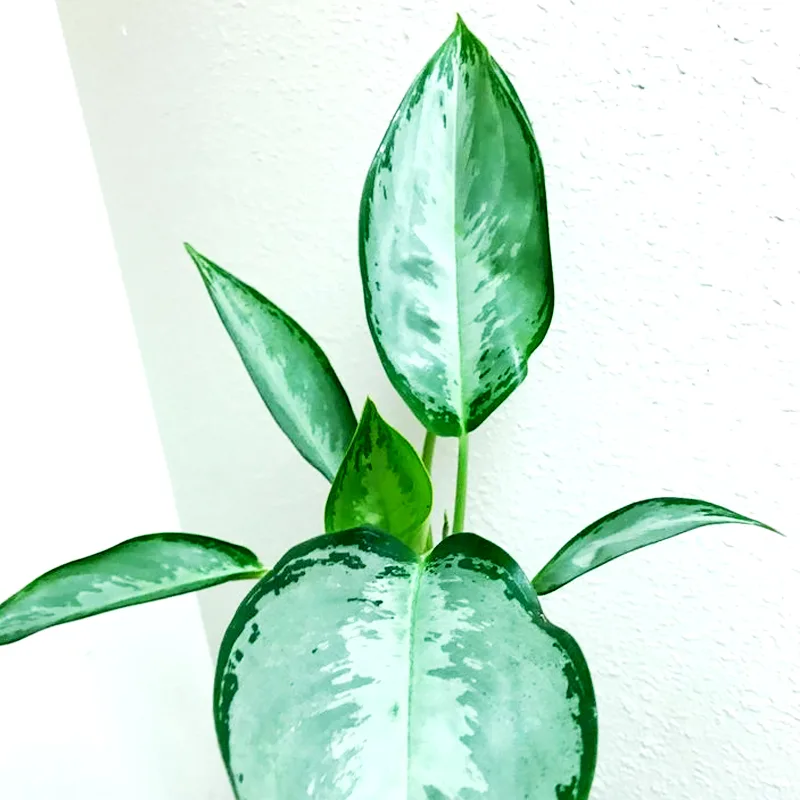Pereskia: My Unexpected Fascination with Leafy Cacti
I never thought I’d be writing about cacti with leaves. It seems almost counterintuitive, right? Cacti are those spiny, succulent wonders of the desert, adapted to survive with minimal water. Leaves, on the other hand, are often associated with lush, water-rich environments. Yet, here I am, Ferb Vu, captivated by the genus Pereskia, the leafy cacti that challenge our preconceived notions about these fascinating plants.
My interest in Pereskia began unexpectedly. I was browsing through a botanical garden, admiring the diverse collection of succulents, when I stumbled upon a peculiar plant. It had the telltale spines of a cactus, but instead of the usual fleshy stems, it boasted vibrant green leaves. Intrigued, I delved deeper, discovering the fascinating world of Pereskia.
These unique cacti, native to the West Indies and southeastern South America, are considered the most primitive members of the cactus family. Unlike their more familiar cousins, Pereskia species retain true leaves, a characteristic believed to be present in the ancestral cacti. This makes them a crucial link in understanding the evolutionary history of cacti.
Species within the Pereskia Genus
The genus Pereskia comprises around 4 species, each with its own unique characteristics:
- Pereskia aculeata, commonly known as the Barbados gooseberry, is a unique cactus species that retains its leafy appearance, unlike most cacti. This tropical plant, native to the Caribbean and parts of South America, grows as a climbing or sprawling shrub with thorny stems and glossy, green leaves. Its fragrant, cream or pink flowers bloom in clusters, attracting pollinators, and are followed by small, edible, yellow to orange fruits that taste mildly acidic. Though Pereskia aculeata thrives in tropical climates, it is adaptable to various conditions, making it popular for gardens and as a rootstock for grafting other cacti. – Plant FAQs: Pereskia Aculeata – Barbados Gooseberry
- Pereskia diaz-romeroana is an intriguing cactus species native to Bolivia, growing as a thorny, sprawling shrub with distinctively elongated, lance-shaped leaves. This species is lesser-known than other Pereskias, but it stands out for its dense growth of spines that cover both the branches and trunk, providing a natural defense. It produces small, delicate flowers, typically pink or white, which add a subtle beauty to the otherwise rugged plant. Adapted to dry environments, Pereskia diaz-romeroana is well-suited to desert and arid landscapes, offering an unusual mix of foliage and cactus-like resilience.
- Pereskia horrida is a striking cactus species native to arid regions of Brazil, well known for its robust, spiny appearance. This plant has thick, fleshy leaves that resemble those of other succulents, and its branches are densely packed with sharp spines, giving it a formidable look. Pereskia horrida produces small, vibrant yellow to orange flowers that stand out against its otherwise tough, thorny form. Its natural hardiness to drought and heat makes it a resilient addition to xeriscapes and dry gardens, bringing a rare blend of foliage and thorny defense typical of the Pereskia genus.
- Pereskia weberiana is a distinctive cactus species native to the arid regions of Bolivia, with a shrubby growth habit and a fascinating combination of leafy and thorny features. It grows with thin, sprawling stems that hold small, green leaves and clusters of sharp spines, often arranged along the stem nodes. This species is particularly notable for its small, white to pink flowers, which bloom in subtle contrast to its defensive spines. Pereskia weberiana is adapted to dry, sandy soils and can withstand intense sunlight, making it a hardy choice for rock gardens and drought-tolerant landscapes.
The Appeal of Pereskia
What I find most appealing about Pereskia is their ability to bridge the gap between two seemingly disparate worlds: the leafy, verdant realm and the arid, spiny domain of cacti. They remind us that nature is full of surprises and that evolution can take unexpected turns.
Moreover, Pereskia species offer a unique aesthetic appeal. Their combination of lush foliage and cactus-like spines creates a striking contrast, making them an attractive addition to any plant collection. Whether grown as climbers, shrubs, or even small trees, they add a touch of the exotic to gardens and landscapes.
Cultivating Pereskia
While Pereskia may seem like an anomaly in the cactus world, they share similar care requirements with their succulent relatives. They thrive in well-draining soil and prefer bright, sunny locations. However, unlike many other cacti, Pereskia can tolerate more frequent watering, especially during the growing season.
In addition to their ornamental value, some Pereskia species offer culinary and medicinal benefits. The fruits of Pereskia aculeata, for instance, are often used in jams and jellies, while the leaves of some species are believed to have medicinal properties.
Conclusion
My journey into the world of Pereskia has been a fascinating one. These leafy cacti have challenged my understanding of plant evolution and expanded my appreciation for the diversity of the cactus family. Their unique blend of characteristics, combining the familiar with the unexpected, makes them a captivating subject for any plant enthusiast.
As I continue to explore the botanical world, I’m reminded of the endless wonders that nature has to offer. Pereskia serves as a beautiful reminder that even within seemingly well-defined categories, there’s always room for surprise and novelty.




